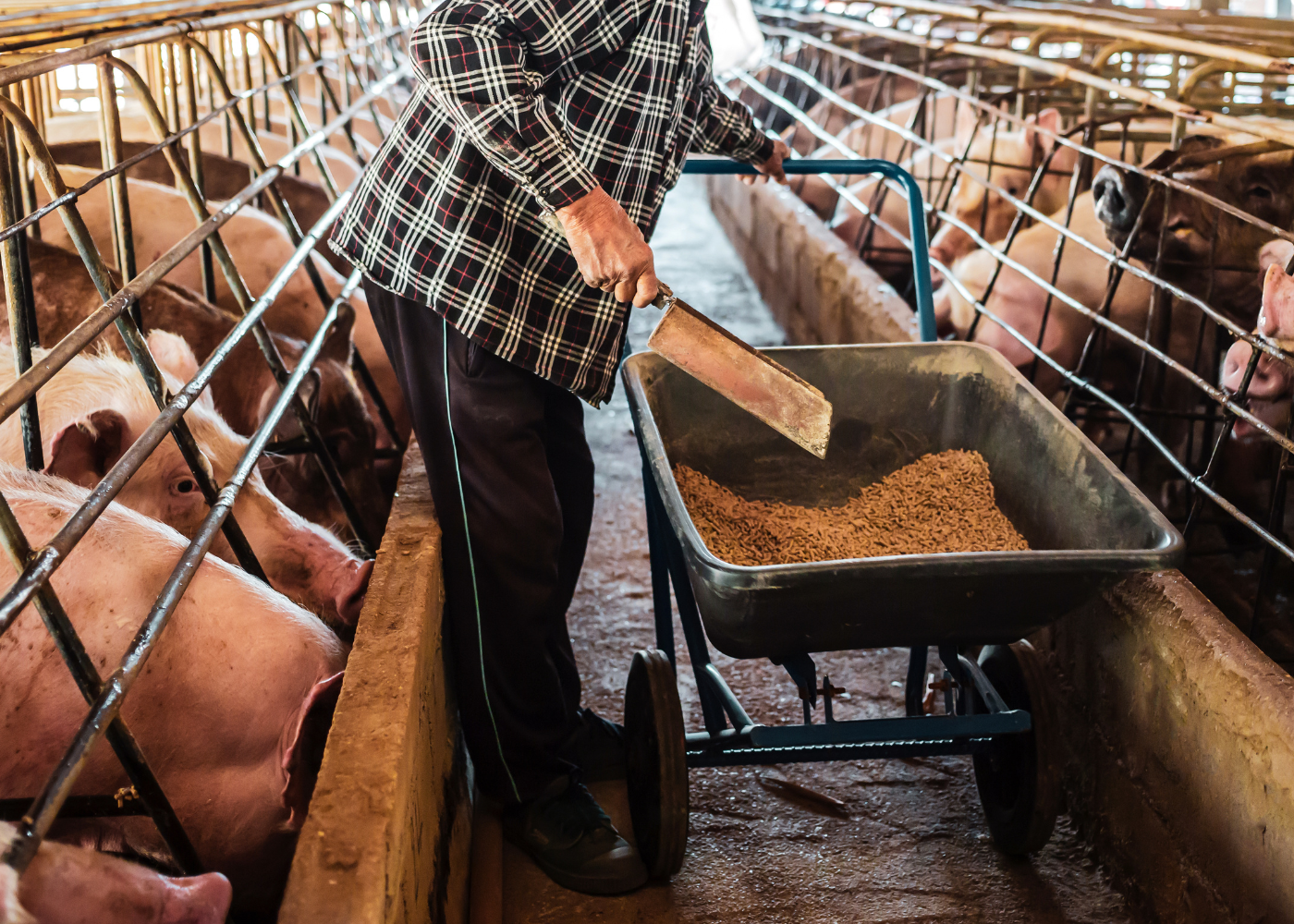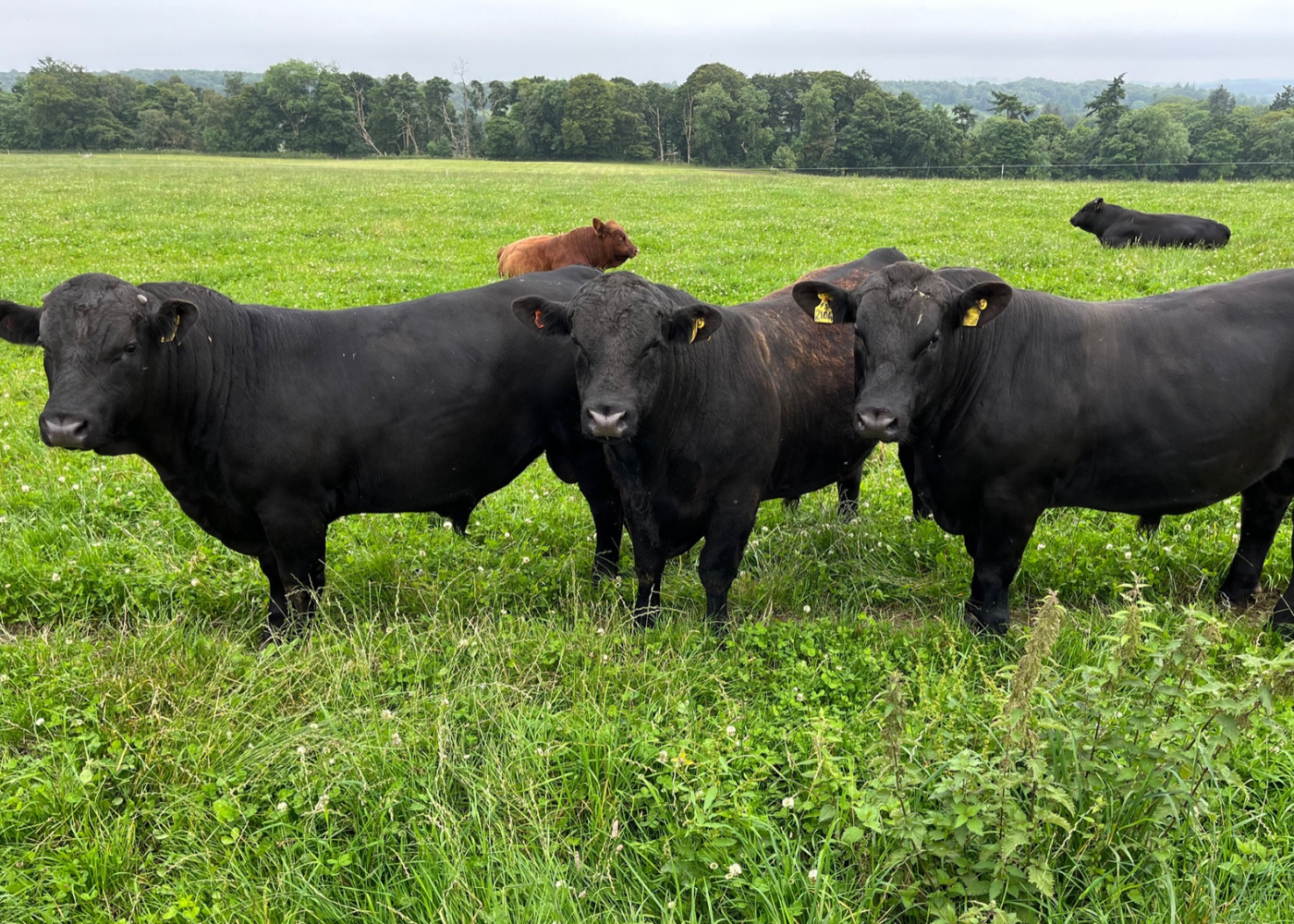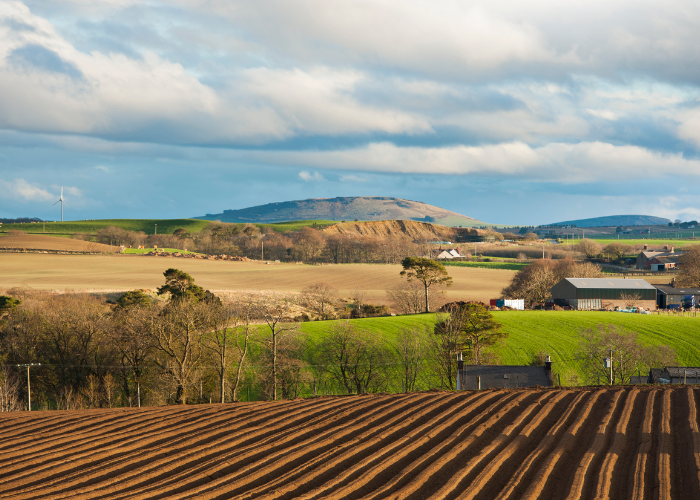After a firm start to the new season, prime lamb auction prices have made a strong impression at Scottish marts, averaging 436p/kg lwt in the second week of May, according to the latest market commentary from Quality Meat Scotland (QMS). Meanwhile, hogg values continue to hold close to the highs reached at Easter and Ramadan, clearing at 370p/kg lwt.
Iain Macdonald, said: “For new season lambs, this represents a year-on-year increase of 26% and an uplift of 54% on the five-year average, while hoggs were valued 35% higher than last year.”
Tight domestic supply has been one of the factors supporting farmgate prices. Last year’s GB lamb crop was around 6% lower than in 2022 but, between June 2023 and February 2024, prime sheep slaughter at GB abattoirs had still risen marginally on a year earlier, highlighting an earlier marketing pattern.
Iain added: “This left fewer hoggs available at the peak of demand in March and April for Easter and Ramadan, and slaughter declined by 14% year-on-year over the two months. Given the 6% fall in the GB 2023 lamb crop and a 2.6% reduction in throughput between June 2023 and April 2024, it suggests that slaughter will have continued to decline on a year earlier in May.”
Subscribe to our daily newsletter
Why? Free to subscribe, no paywall, daily business news digest.
Seasonal factors have tightened availability, as evidenced by data from Scottish marts. The number of prime sheep sold each week dropped to approximately 16,000 between mid-April and mid-May, down from a peak of around 26,000 per week in March. Although the availability of new season lambs is gradually increasing, their numbers remain very low. In addition, from mid-April to mid-May, the total number sold was 25% lower compared to the same period last year.
In addition to domestic production, the international trade balance has continued to contribute to a tight market. The volume of UK sheepmeat exported during Q1 2024 exceeded the level of imports, at 20,400t compared to 16,600t. This was even the case in March despite imports reaching a pre-Easter peak, although it should be noted that exports tend to consist of carcases whereas imports tend to be cuts of lamb.
Iain commented: “A notable feature of the UK sheepmeat market is that a significant rebound in imports from Australia and New Zealand at highly competitive prices has been absorbed by the market without any signs of dampening farmgate prices. This points to a strong level of demand.”
GB retail sales data from Kantar has shown consistent year-on-year growth in spending on lamb and the volume sold since summer 2023, underpinned by a higher share of households buying lamb.
However, retail sales have been supported by lower retail prices and promotional activity, and higher import penetration at Easter. British households are clearly showing a renewed interest in lamb, but whether they would continue to do so if the significantly higher level of farmgate prices seen in 2024 was to result in a higher retail price point is a concern.
Iain said: “Looking forward, domestic supply is likely to remain tight until the 2024 lamb crop reaches the market in greater numbers, given the much smaller carryover of hoggs into this year. The market could become particularly tight in the first half of June as Eid al-Adha starts on 16 June, resulting in a surge in demand ahead of this festival.
“On the subject of new season lambs, limited availability at GB level is expected in the early part of the season because early-lambing flocks in southern England and Wales were reportedly hit hard by Schmallenberg. Meanwhile, given the extremely wet weather around the Easter weekend, mortality rates are thought to have been elevated in flocks lambing at this time. However, in Scotland, a considerable proportion of lambing takes place in the second half of April and into May, a period of much more favourable weather conditions. In particular, this suggests that there could be a stronger supply of store lambs from the hills this year.”
The other variable influencing this year’s lamb crop will be the breeding flock last autumn. On one hand, ewe condition at tupping in autumn 2023 was much more favourable than in 2022, when there had been drought conditions, particularly in southern England and Wales, signalling the potential for a better lambing rate this year.
Iain added: “However, England’s Sheep and Goat Inventory results showed a 4% decline on a year earlier in the breeding sheep population, suggesting little room for an increase in lamb numbers before factoring in the expectation of increased mortality due to the weather in late-March and early-April.
“Unfortunately, no December sheep results have been published for Scotland, but the ewe flock in June 2023 was down by 1.7% on 2022, and the 4.1% reduction in the lamb crop signalled little potential for increased retentions to the breeding flock.”
On the international trade side, while Australia and New Zealand’s production season has passed its peak, highly competitive prices are set to ensure that import competition remains considerable. However, a continued reduction in the EU ewe flock should ensure that UK export demand remains strong.
“Overall, the combination of tight domestic supply and strong demand, both domestically and internationally, is expected to continue supporting farmgate prices as the new season progresses,” concludes Iain.
















